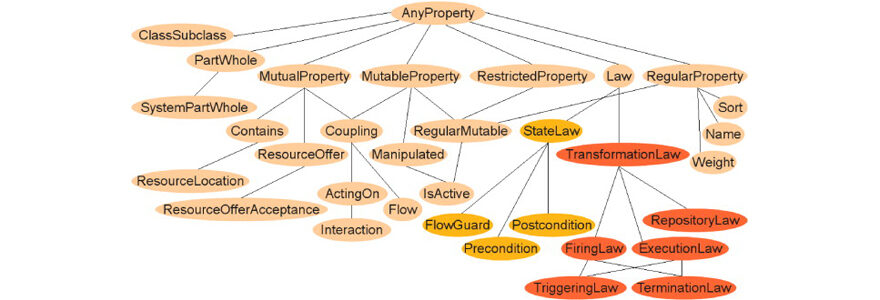The article "Supporting Enterprise Integration through a Unified Enterprise Modeling Language" discusses how a unified enterprise modeling language can help support enterprise integration. The article describes how this type of language can help organizations to better understand their business processes and how they can be integrated. The article also discusses how a unified enterprise modeling language can help to improve communication between different departments within an organization.
A unified enterprise modeling language can help support enterprise integration
In the article "Supporting Enterprise Integration through a Unified Enterprise Modeling Language", the authors propose the use of a unified enterprise modeling language to help support enterprise integration. They argue that such a language would provide a common vocabulary and conceptual framework for enterprise modeling, and would thus help to facilitate communication and understanding between different enterprise modeling tools and techniques. Furthermore, they believe that a unified enterprise modeling language would also help to promote the reuse of enterprise models and increase the efficiency of enterprise integration projects.
This language can help to improve communication and collaboration among enterprise stakeholders
Enterprise integration has long been recognized as a fundamental goal for businesses. The ability to share information and collaborate among employees, customers, and partners can lead to increased efficiency and effectiveness and ultimately improve the bottom line. Achieving this goal, however, can be difficult due to the disparate systems and technologies that are often used within an organization.
The Unified Enterprise Modeling Language (UEML) is a new language that is specifically designed to support enterprise integration. UEML is based on the Unified Modeling Language (UML), the standard modeling language for software development, and extends it to support the modeling of business processes, data, and other aspects of enterprise integration.
UEML provides a common, unambiguous language that can be used by all enterprise stakeholders to describe their requirements and designs. This common language can help to improve communication and collaboration among enterprise stakeholders, and ultimately lead to more successful enterprise integration.
The language can also help to reduce the complexity of enterprise integration projects
Enterprise integration is a critical but often complex undertaking for businesses. A unified enterprise modeling language can help to reduce the complexity of these projects by providing a common language for enterprise architects and other stakeholders to use when discussing and designing enterprise integration solutions. This can in turn help to improve communication and collaboration, as well as providing a common framework for understanding the various components and elements of an enterprise integration project.
The article discusses how a unified enterprise modeling language can help support enterprise integration. The language can help to improve communication between different enterprise modeling tools, and can help to improve the consistency of enterprise models. The article concludes that the use of a unified enterprise modeling language can help to improve the quality of enterprise models, and can help to reduce the cost of enterprise integration projects.
